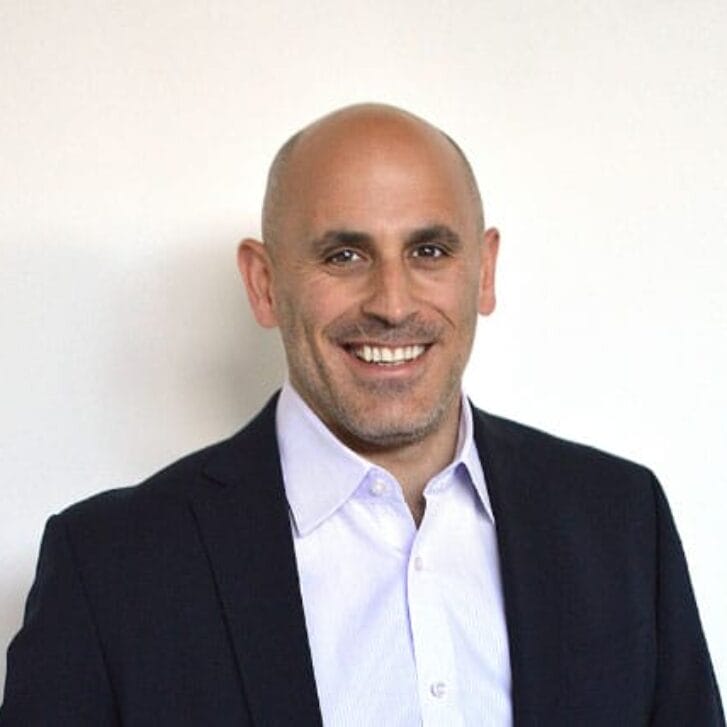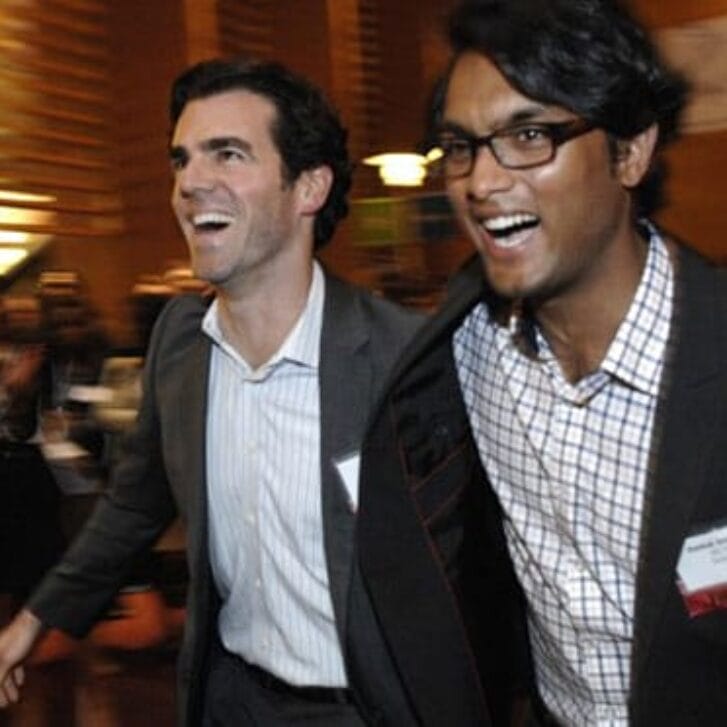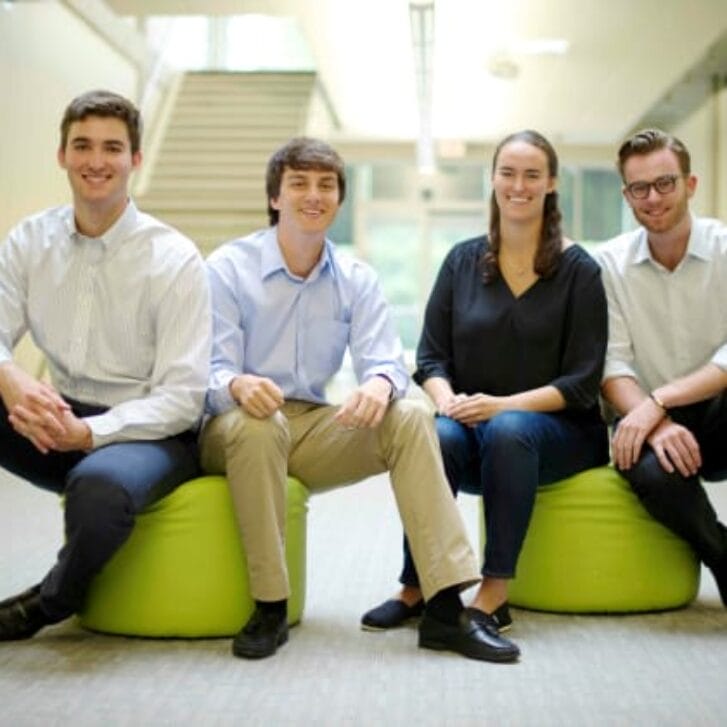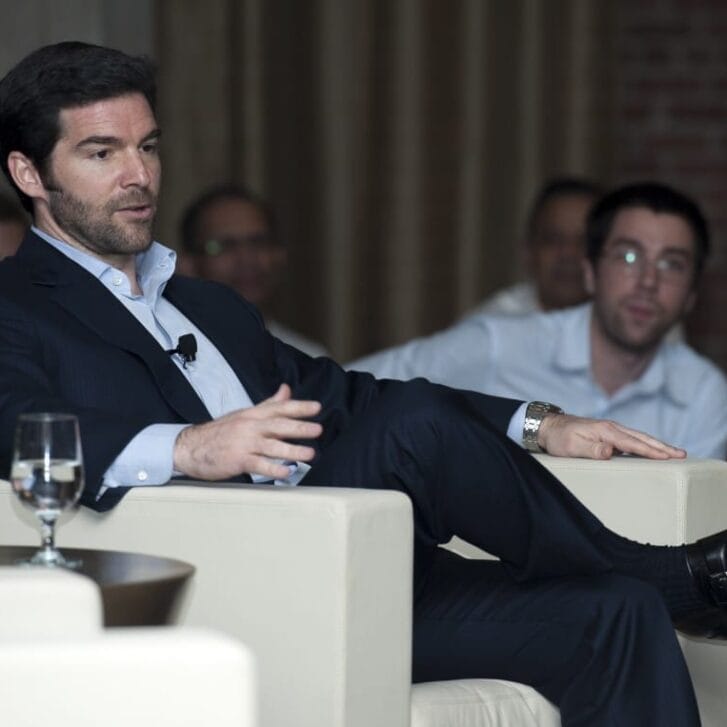In the “Get To Know a Wharton Prof” series by Wharton Entrepreneurship, Nadine Kavanaugh posts brief interviews with Wharton faculty to provide readers a behind-the-scenes glimpse of these amazing scholars, teachers and entrepreneurs. Today’s interviewee, Tyler Wry, is an assistant professor of management and entrepreneurship at Wharton. What follows is an interview excerpt.
Q: What is your field of expertise?
TYLER WRY: I’m interested in understanding how ventures navigate in environments where they face competing external demands. For instance, I’ve looked at how nanotechnology startups balance scientific research and commercial development to attain venture capital, and how microfinance ventures balance social and financial goals differently in various countries.
Q: What classes do you teach?
WRY: I teach MGMT 230, which is the foundational undergraduate entrepreneurship class. I also teach MGMT 806—venture implementation—to MBAs.
Q: Describe a recent exciting teaching moment.

Prof. Tyler Wry
WRY: Each year, I have my undergraduate students start microbusinesses that I seed with a $20 investment. The students absolutely killed it last year. Within six weeks, the groups collectively raised over $5,000 (which we donated to charity), with two groups exceeding $1,000. Just when you start to get numb to how impressive our students are, things like this remind you what an amazing place Wharton is.
Q: Why is your research important?
Wry: Nanotechnology is a platform technology, which means that it can be used for a variety of (potentially revolutionary!) commercial applications. However, the technology is still early stage and it is unclear what the big hits will be. Governments and industry players are investing billions in the area, and this is driven by social, rather than concrete, proof. My research helps to understand which areas emerge as focal points for development, which discoveries are perceived as commercialization opportunities and how startups can convey their technology position in ways that make investment more likely.
My microfinance research builds on similar theoretical foundations, but is focused on social efficacy. Around the world, the poor are disproportionately women and minorities. I show that when a nation has high levels of patriarchy or ethnic fractionalization, this shifts the lending focus of its microfinance sector. The point at which social outreach and financial sustainability are compatible shifts, undermining a focus on society’s most marginalized groups. This is amplified when the supply of commercial capital in the sector increases —which is the approach advocated by groups like the World Bank and IMF—suggesting that a reliance on market mechanisms alone may have some really unfortunate consequences for financial inclusion in these countries.
Q: How have you seen students or alumni take action based on your research or teaching?
Wry: Some of my nanotech research was helpful for Graphene Frontiers—a Penn startup working to commercialize a type of nano-particle called graphene—to understand the technology landscape that they were competing on, as well as the investment climate for nanotechnology. The microfinance stuff has been picked up by a variety of mainstream publications, but I haven’t seen any appreciable policy changes … but, hey, it’s still early!
Q: What made you choose an academic career?
Wry: I’ve always liked coming up with and developing new ideas. For a long time, I pursued this through entrepreneurship. Then, I took a few masters level sociology classes, and I was hooked on academics. Academia is a lot like venture creation; you come up with an idea that you believe in, develop it and put it out to the (academic) marketplace.
Q: Tell us one surprising thing about you.
Wry: Despite their endless blundering and incompetence, I remain a steadfast Edmonton Oilers fan. My only solace is that there are still Cubs fans out there.
Editor’s note: The original version of this post first appeared on the Wharton Entrepreneurship Blog on Nov. 14, 2014. Read the full interview here.


























